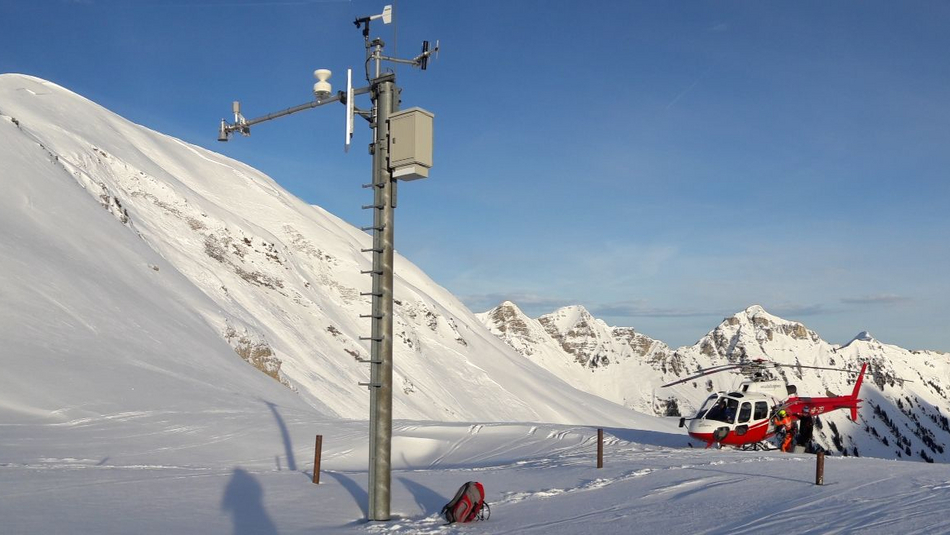Avalanche warning - Snow meteorology
For national and regional avalanche warning and action planning, timely information on the condition and development of the snowpack is central. Automatic nivo-meteorological measuring stations are an important source of information here, as they provide standardised data from various locations around the clock and in all weathers. Such nivo-meteorological measuring networks consist of several stations that collect and transmit complementary information on weather and snow cover. We build, install and operate autonomous, low-maintenance stations for national avalanche warning in Switzerland(MESSNETZ: IMIS) and for regional avalanche services worldwide. These stations have proven themselves in cost-efficient operation for more than 20 years. We currently operate over 200 nivo-meteorological measuring stations worldwide as well as the infrastructure for their data transmission.









